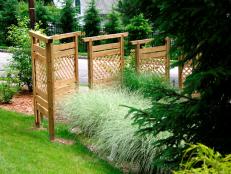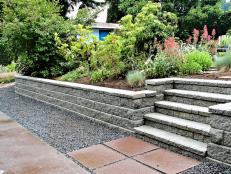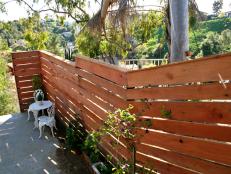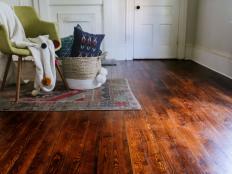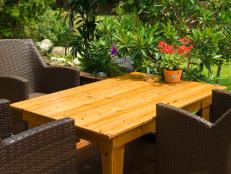Engineered Wood Trim
Engineered wood products have long been standard in home construction, primarily for structural elements such as trusses and I-joists, because they're man-made composites and therefore stronger and more versatile than traditional wood products. But recently, builders have found that engineered wood can be used attractively and effectively for a variety of applications, allowing for greater flexibility to create designs that meet customers' growing needs.
Most notably, the strength and flexibility of engineered wood is now frequently applied to engineered trim products, and many builders are using engineered wood products instead of aluminum, PVC and composite wood-fiber products. They say they prefer engineered wood because it comes in a variety of widths and thicknesses, it's pre-primed and has a natural wood look and it's cost-competitive—about half the cost of PVC.
Engineered wood also has many desirable "green" attributes. By using engineered wood made from partially recycled content, you may be able to receive a tax credit as stipulated by federal regulation under the national green building standards.
Many engineered wood trims have two sides for greater versatility. One side is smooth and one side has a natural grain. With such products, either side can be used, but when putting the product up, remember which side you're installing to avoid winding up with a combination of both.
Builders should also be aware that there are specific requirements for working with engineered wood. For adequate penetration, for example, check with the manufacturer to be sure you're using nails of the correct size.







